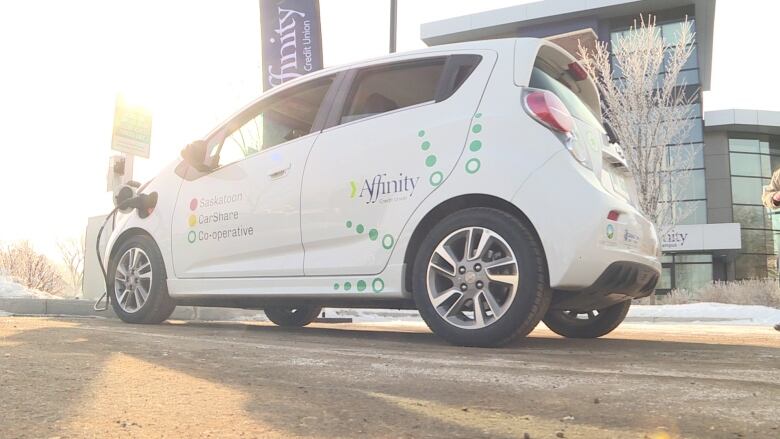Sask. government's reasons for dragging its feet on electric vehicles are nonsense
The moose height battle isn't the only race we're losing with Norway

I grew up in the 1970s, in a home where the TV news was on every night after supper. I frequently saw images of smog-choked cities and long lines at gas stations as a result of the oil crisis.
My first worldly concerns were environmental. But I gained optimism when Jimmy Carter stood up to the Arab Oil Embargo by bolting solar panels to the roof of the White House. I began to believe technology could solve humankind's problems. I looked forward to growing up in an exciting, rapidly-changing world, a world where the air was clean because everyone drove solar-powered cars and I had at least one butler.
The butler never materialized but in 2018 I bought my first electric car. I was so excited I couldn't help but tell my chiropractor in the middle of a treatment. He paused in between bone cracks and said, "That's all well and good but I wouldn't feel comfortable getting into an electric car in the winter."
"I wouldn't feel comfortable getting into a gas car in the winter," I retorted.
I pointed out what a miracle it is that a small lead acid battery can turn over a crankcase filled with oil thicker than molasses in January, pump a liquid that was once a dinosaur through a narrow hose, mix with icy air and ignite controlled explosions dozens of times per second in conventional cars.
Flowing electrons through a wire to an electric motor was a much more elegant solution, I informed him. Even especially in winter.

The Government of Saskatchewan apparently holds the same view as my spine doctor. On Jan. 21, provincial transportation ministers met in Ottawa to give feedback on the federal government's goal of 100 per cent of vehicles sold in 2040 be zero-emissions. Our provincial government had a problem with that. Their reasons, however, were more puzzling than their arguments against putting a price on carbon.
A government spokesperson said in a statement that Saskatchewan doesn't want to commit to these clean transportation targets until it can determine how effective zero-emission vehicles would be given the province's "unique climate, geographic, economic and social conditions."
It's odd to hear your government wants to study something you use every day. There's nearly five million electric vehicles on the roads now and they've been mass-produced for as long as there have been iPads. So, what's to study?
Our "geographic conditions" are such that we have endlessly flat land, so you can watch your Tesla drive away on its own for two days. Perhaps the geographic "condition" is the long distances between populated areas along which they'd have to install public chargers. I guess that's why no one ever built a railway through the province because you'd have to create stops to put water in the locomotives every so often. Oh wait
Did we sit around and study our "geography" while the rest of the world built cell towers? Thankfully not.Everyone would have moved away by now.
If they're worried about the economy, why not give everyone the opportunity to save money driving electric? Saskatchewan could do what B.C., Quebec and the United States does: offer a tax incentive to drive electric.
And just what are our special "social" circumstances in Saskatchewan? Is it that we have the unique social need to discuss the weather while standing at the gas pump together?

Also, their climate assumption is uninformed.
Electric vehicle batteries come with built-in heaters that kick in whether they're plugged in or not. I've driven my kids to school in -30 C while passing by tow trucks boosting gas cars that wouldn't start. Electric vehicles lose more range in cold weather than gas cars, but batteries are getting bigger and less expensive every year.
Our government should already know that one in three new cars sold last year in Norway were fully electric. Nearly half had a plug.
They should also know that Norway is no tropical paradise like Hawaii or Maple Creek. Its northern reaches cross the Arctic Circle. Santa goes there to find reindeer to domesticate.
Yet three years ago this oil-rich nation decided to install a network of fast chargers every 50 kilometres along its sparsely-populated northern highways, proving that "if you build it, they will come." And proving that having oil wealth doesn't mean you have to come up with bizarre excuses to exempt you from your responsibilities.
Norway is already kicking our butts in the moose statue arms race. Instead of studying an issue that is already settled, I propose we put Norway in its place and install the world's largest electric car charger.We'd make it so tall and shiny, you could see it from Oslo.
This column is part of CBC'sOpinionsection. For more information about this section, please read thiseditor's blogand ourFAQ.












_(720p).jpg)


 OFFICIAL HD MUSIC VIDEO.jpg)
.jpg)



























































































